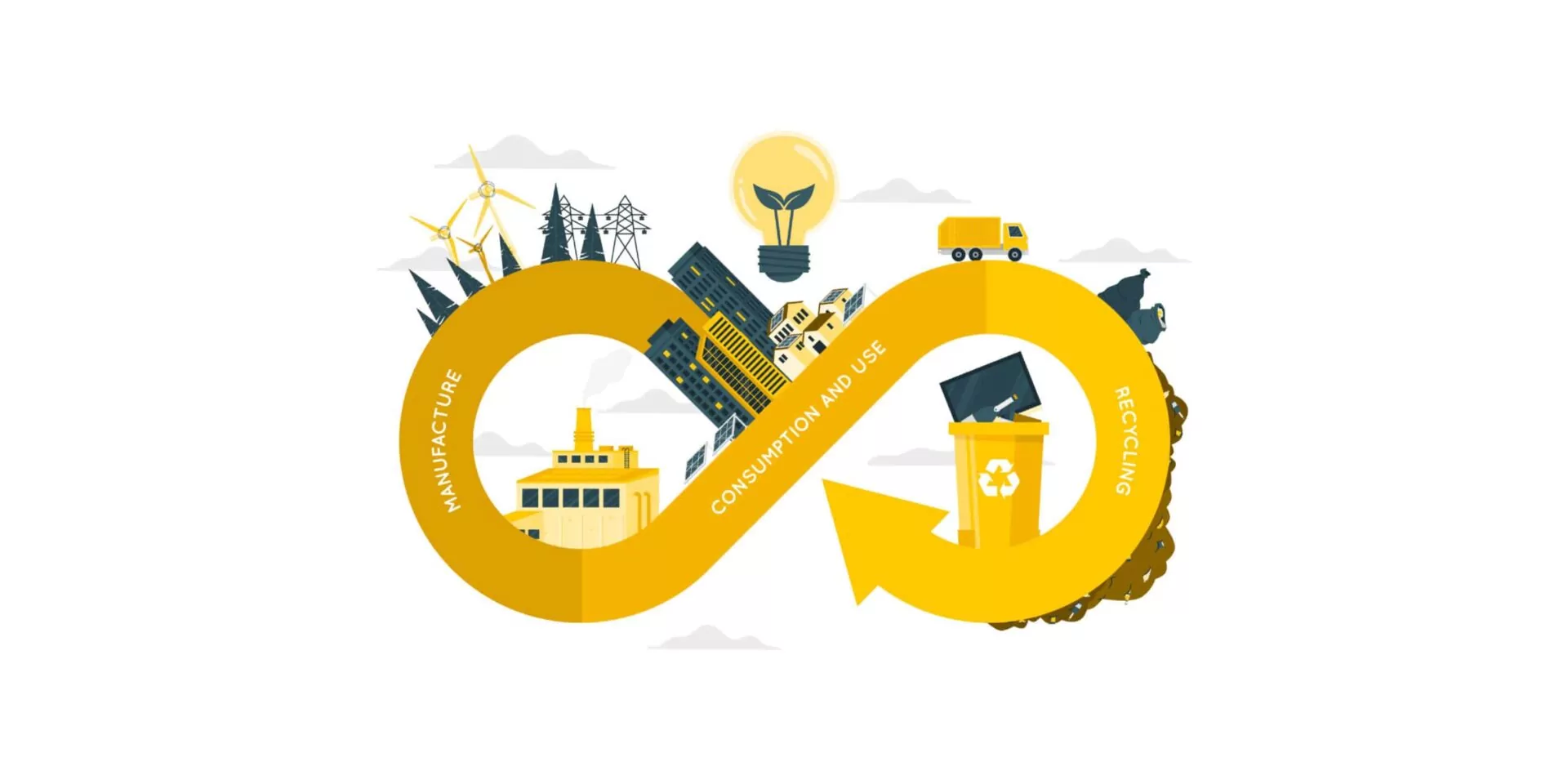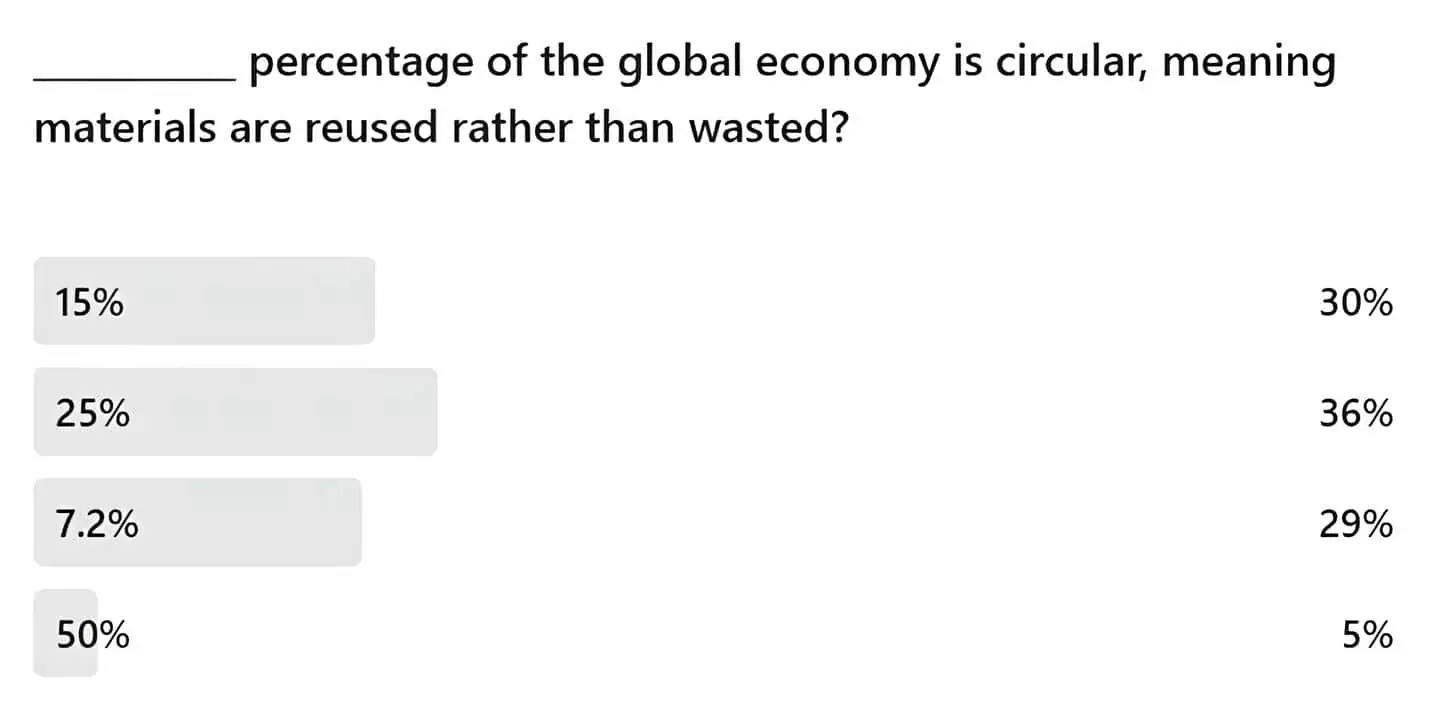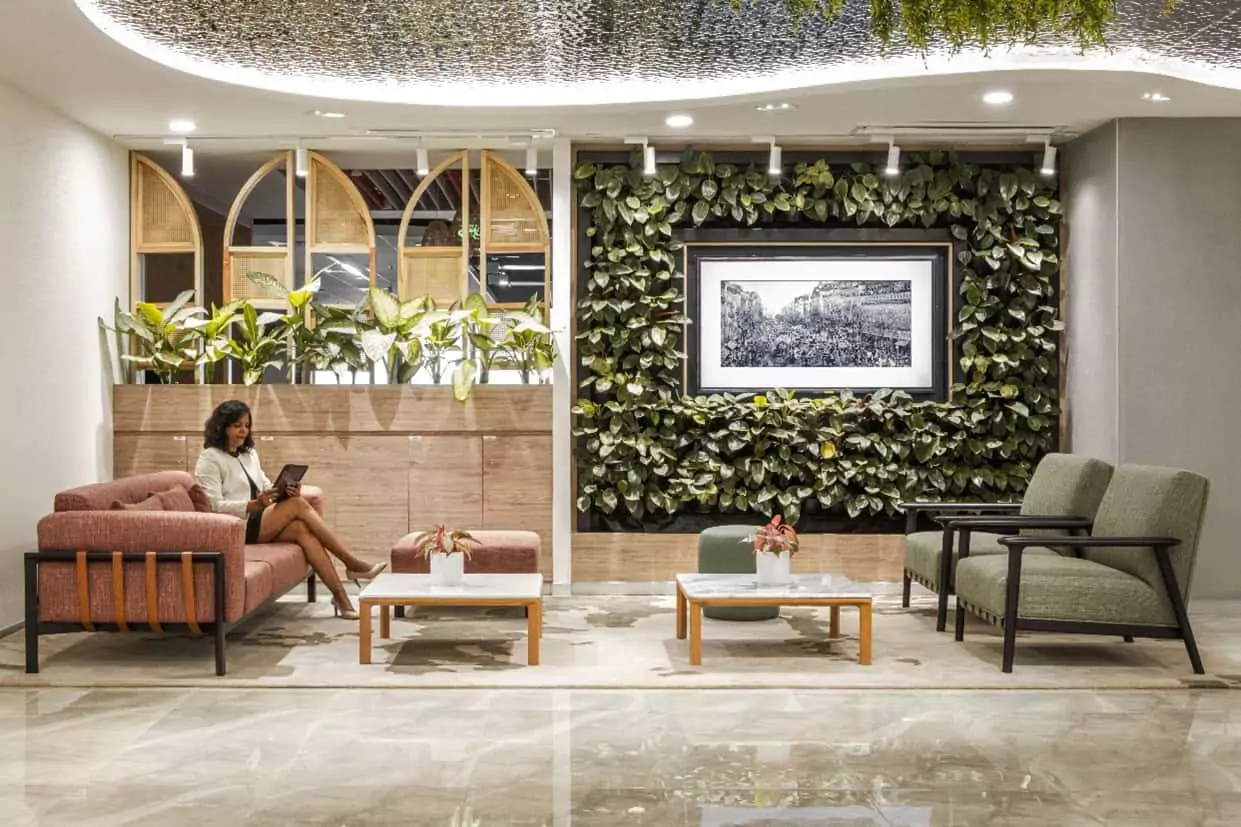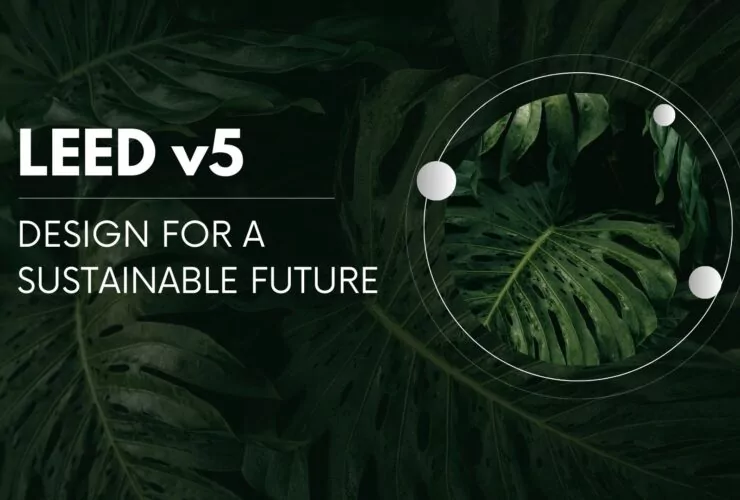03 Ways to Implement Circularity in Commercial Real Estate
The commercial real estate industry is a significant consumer of materials globally, contributing to substantial waste generation and resource depletion. In India, for instance, the commercial real estate market is projected to grow significantly, with the office space segment alone accounting for about 40-45% of the total market. Consequently, the construction of commercial spaces demands vast amounts of materials yet recycling and reuse efforts remain inadequate.
Moreover, in Singapore, the commercial real estate market is experiencing steady growth, with projections indicating a CAGR of around 6.5-7.3% through 2030, driven by its status as a global financial hub and a strong focus on sustainable development. This growth, coupled with the ‘flight to quality’ trend favoring premium, ESG-compliant buildings, necessitates a significant volume of construction and renovation, highlighting the urgent need for enhanced recycling, reuse, and circularity strategies to manage the increasing demand for materials and mitigate waste.
The Disconnect: Perception vs. Reality
According to the Circularity Gap Report 2024, over 100 billion tons of materials are extracted annually, with less than 10% being cycled back into the economy. To illustrate, the global construction industry generates enough annual waste to fill over 2,500 football fields with materials suitable for reuse or repurpose.
We conducted a LinkedIn survey recently and found that over 50% of respondents believed that a large proportion of workplace materials are reused. However, the reality is starkly different—only 7.2% of interior materials from commercial spaces are currently repurposed or recycled, leaving immense room for closing the circular loop.
Closing the Circular Loop: Challenges and Opportunities
Therefore, the circular economy aims to minimize waste and maximize resource efficiency by promoting reuse, refurbishment, and recycling. However, the current linear model of consumption and disposal prevails, leading to significant environmental impacts.
In the context of commercial real estate, adopting circular economy principles can transform how workplaces are designed and operated. For example, Singapore’s ‘Closing the Waste Loop’ initiative aims to reduce waste sent to landfills by 30% by 2030. This focus on circularity is crucial for nations like Singapore, where resource efficiency is paramount. By adopting similar strategies, other nations can significantly reduce their environmental footprint.
03 Methods to Implement Circularity in Workplace Design
1. Material Selection and Lifecycle Thinking
Prioritize materials with high recycled content, low embodied carbon, and proven recyclability or compostability. Implement Material Passports – a digital record that provides information about the materials, products, and components in a structure, to track material lifecycles and facilitate future reuse.
Application:
- Choose modular furniture systems designed for disassembly and component replacement. Replace traditional ceiling panels with options made from recycled textiles or agricultural waste.
- Conduct a lifecycle assessment of all key materials to understand their environmental impact.
2. Regenerative Design and Local Sourcing
Banana fiber lights illuminating our project for a global financial services firm – sustainable design in action.
Integrate regenerative design principles by sourcing materials that replenish natural ecosystems and support local communities.
Application:
- Source materials from local suppliers to reduce transportation emissions and support regional economies.
- Employ biophilic design principles to connect occupants with nature, using natural materials and patterns.
In one of our recent projects for a Global Financial Services firm, we chose to use lighting fixtures crafted from banana fiber. This initiative not only diverted agricultural waste from landfills but also empowered local communities by creating new economic opportunities.
3. Circular Procurement
Circular procurement involves selecting products and services based on their sustainability credentials, focusing on minimizing environmental impact while maximizing resource efficiency. This approach encourages companies to consider the entire lifecycle of materials, from production to disposal, and to prioritize suppliers who adhere to circular economy practices.
Application:
- Implementing lifecycle cost assessments helps organizations evaluate the long-term economic benefits of circular procurement. By analyzing costs associated with maintenance, disposal, and potential recycling, companies can make more informed purchasing decisions that favor sustainability.
- Training sessions can focus on identifying circular products, understanding supplier sustainability practices, and recognizing the benefits of circular procurement.
The Path Forward
The challenge before us is clear: to reconcile the rapid growth of commercial real estate with the urgent need for environmental sustainability. By embracing circularity, we can transform workplaces from contributors to waste into catalysts for regeneration. The potential to reshape our built environment, reduce our footprint, and foster a healthier planet, is within reach.
Begin by assessing your current material usage and explore opportunities for circular procurement and regenerative design.
Contact us today to discover how we can assist you in implementing practical, impactful circular economy strategies. Together, we can create a workspace that reflects your commitment to a sustainable future.
Related Reads:
06 Strategies to Promote Circular Economy Principles in Your Workplace
5 Passive Design Strategies That Can Help You Achieve a Net Zero Workplace
As both an Architect and Architectural Journalist, he thrives on building unique content, with words and thoughts--as his brick and mortar. A natural-born explorer, he puts no limits on things he's passionate about diving into, be it cuisines, cultures or books. An avid fiction reader and a chronic over-thinker, he still finds enough time to be happy-go-lucky and easy to approach.






